Are Digital Thermostats Better Than Analog?

Table of Contents
ToggleTL;DR: Digital thermostats offer greater precision, programmability, and energy savings compared to analog thermostats, making them a better choice for most homeowners seeking convenience and efficiency. Ultimately, the choice depends on personal preference, technological comfort, and specific home needs.
How often have you thought about your home thermostat? Probably not often. However, how often have you thought about your home’s comfort? Is it too hot or too cold? Probably more frequently. Though we don’t often give much thought to that small box on the wall, our thermostats are very important pieces in the heating, cooling, and even sometimes humidity of the home.
These devices, fundamental to controlling the climate within our living spaces, have evolved significantly over the years. From the simplistic, manual adjustments of analog models to the sophisticated, programmable features of digital thermostats, the technology has transformed how we manage our home environments. This blog delves into the nuances of both thermostat types, examining their design, functionality, and the impact they have on energy consumption and user experience.
Analog Thermostats
Analog thermostats, known for their straightforward design and operation, have been the backbone of home temperature control for decades. These devices operate on a simple principle: a bi-metallic strip or coil expands and contracts with temperature changes, physically moving an arm or dial that, in turn, activates or deactivates your heating or cooling system via a mercury switch. This mechanical process is both reliable and durable, offering a no-frills approach to maintaining a set temperature within the home.
However, the simplicity of analog thermostats also comes with notable disadvantages. Their lack of precision in temperature control can lead to less efficient energy use, as the system may run longer than necessary to reach the desired temperature, potentially leading to higher utility bills.
Furthermore, analog thermostats lack the programmability features of their digital counterparts, meaning they cannot automatically adjust the temperature based on time of day or specific schedules, a limitation that further impacts their overall energy efficiency.
The Benefits of Digital Thermostats
The advent of digital thermostats marked a significant leap forward in home climate control technology, offering precision, programmability, and a host of advanced features that analog models cannot match. At the heart of a digital thermostat is an electronic sensor that accurately measures the temperature, ensuring that your heating or cooling system maintains your home at your desired comfort level with minimal deviation. This precise control not only enhances comfort but also contributes to more efficient energy use, as the system operates only as much as needed to achieve the set temperature.
A defining feature of digital thermostats is their programmability. Users can set different temperatures for different times of the day or days of the week, accommodating varying schedules and preferences. This ability to customize heating and cooling patterns can lead to significant energy savings, as the system can be set to use less energy when the home is unoccupied or when occupants are asleep.
Moreover, many digital thermostats offer Wi-Fi connectivity, allowing homeowners to adjust settings remotely via smartphone apps, integrate with smart home systems for enhanced functionality, and even receive software updates that improve performance over time. Digital thermostats typically offer superior temperature control and energy efficiency compared to their analog counterparts.
Considerations When Choosing a New Thermostat
When it comes to selecting a new thermostat for your home, several key factors should guide your decision to ensure that the thermostat not only meets your immediate needs but also aligns with your long-term comfort and energy-saving goals. First and foremost, consider compatibility with your home’s heating and cooling system. Not all thermostats work with all types of systems, so it’s crucial to choose a model that matches the specifications of your existing setup.
For homeowners with more advanced or multi-stage systems, digital thermostats often provide the necessary compatibility and flexibility required for optimal performance. Additionally, evaluate the thermostat’s energy-saving features, such as programmable settings and learning capabilities, which can significantly impact your utility bills over time.
Another important consideration is your comfort with technology and desire for convenience features. If you’re someone who appreciates being able to adjust settings remotely or values the integration of household devices into a smart home ecosystem, a digital thermostat with Wi-Fi connectivity and app support would be a suitable choice.
On the other hand, if simplicity and ease of use are your top priorities, an analog thermostat or a basic digital model without complex programming options might be more appropriate. Finally, think about the installation process and whether you’re comfortable installing the thermostat yourself or would prefer to hire a professional. While many digital thermostats come with user-friendly installation guides, consulting with a professional can ensure that your new thermostat is installed correctly and operates efficiently, providing peace of mind and potentially saving you from future issues.
Professional Thermostat Services Near You
The decision between an analog and a digital thermostat is more than just a choice between old and new technology; it’s about finding the right balance between simplicity, precision, and energy efficiency to meet the specific needs of your home and lifestyle. Digital thermostats, with their advanced features, programmability, and connectivity, offer a level of control and convenience that can significantly enhance your home’s comfort while optimizing energy use.
In the heart of Las Vegas, where the desert climate tests the limits of your home’s comfort, Summit Air Conditioning & Heating stands ready to ensure your living space remains an oasis of comfort year-round. With a reputation built on reliability, expertise, and unparalleled customer service, Summit Air Conditioning & Heating specializes in the installation, maintenance, and repair of HVAC systems, including the latest in digital thermostat technology.
Whether you’re looking to upgrade to a more energy-efficient system, need a professional installation of a new digital thermostat, or require expert advice on optimizing your home’s climate control, the certified professionals at Summit are committed to getting the job done right.
Frequently Asked Questions About Thermostats
Can digital thermostats really save money on energy bills?
Yes, digital thermostats can save money on energy bills due to their programmable settings, which allow homeowners to adjust heating and cooling based on their schedules. This precision and customization prevent energy waste, leading to potential savings over time.
Are digital thermostats difficult to use?
While digital thermostats are more complex than analog ones, many are designed with user-friendly interfaces. The initial setup might require a learning curve, but once programmed, they offer convenience and ease of use, with many models accessible via smartphone apps.
Do I need a professional to install a digital thermostat?
Hiring a professional to install a new digital thermostat ensures that it is correctly integrated with your existing heating and cooling system, maximizing efficiency and preventing potential issues. A professional installer can also provide valuable insights on the best placement for optimal performance and can guide you through the initial setup and programming, making sure you’re comfortable with using your new device.
Other Blogs You May Be Interested In
Categories


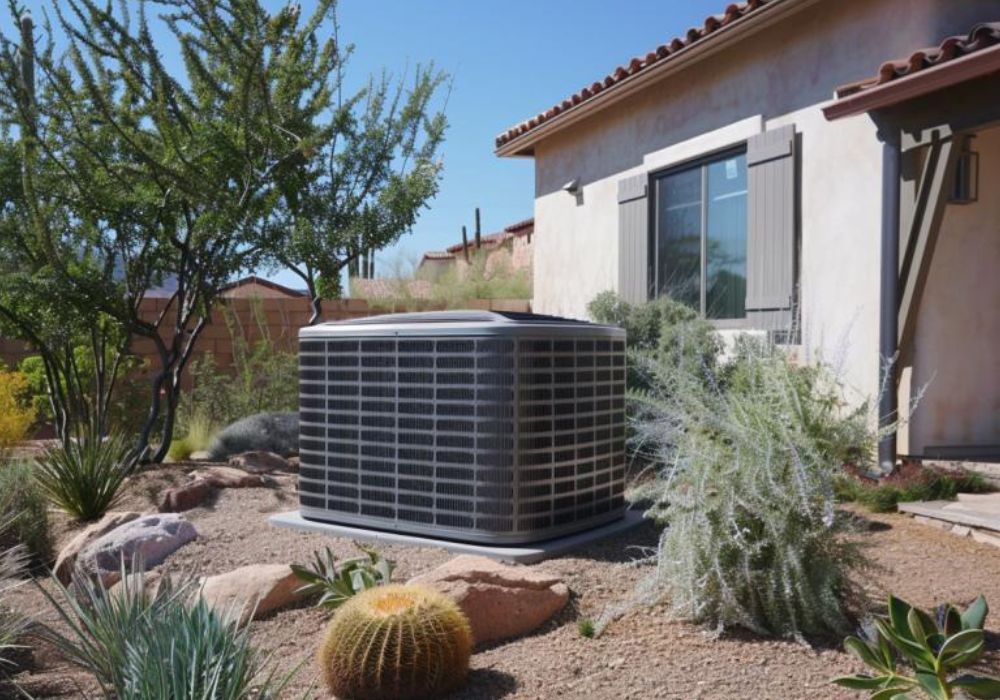
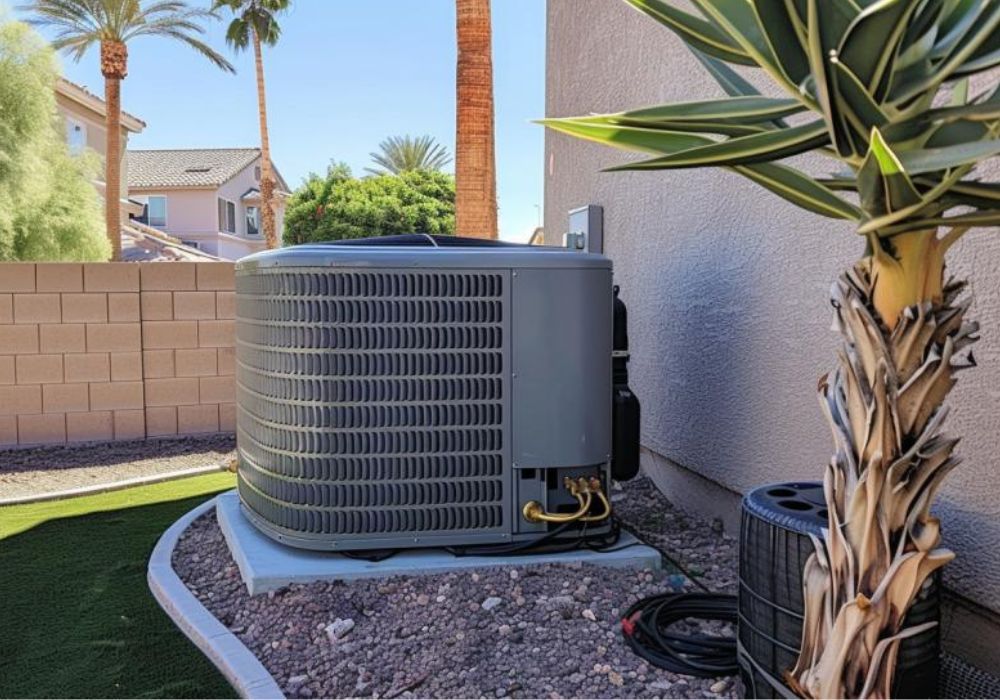
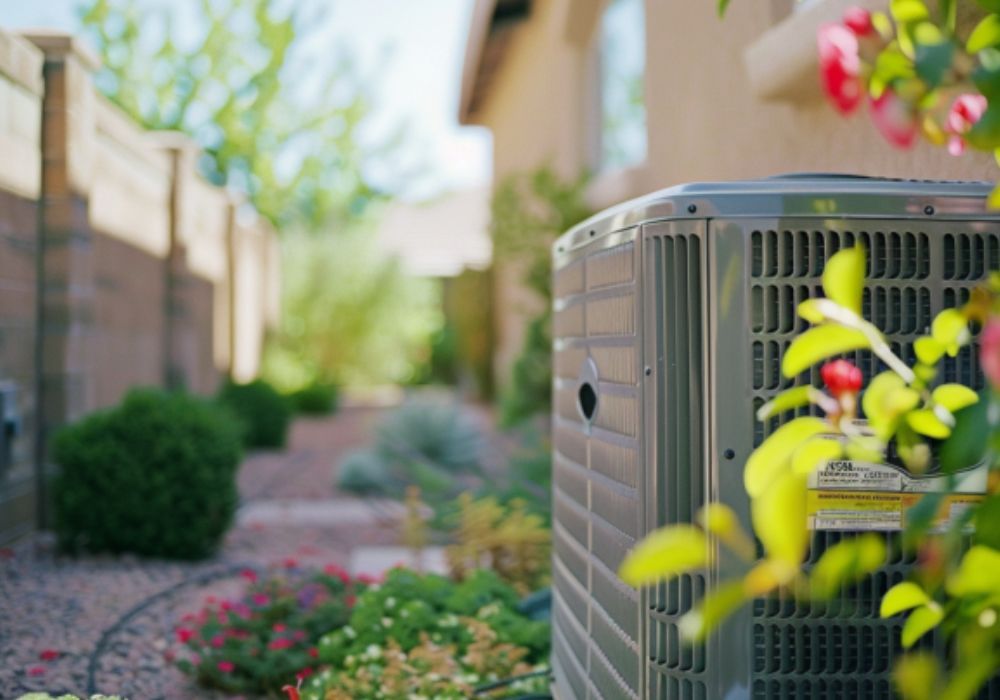

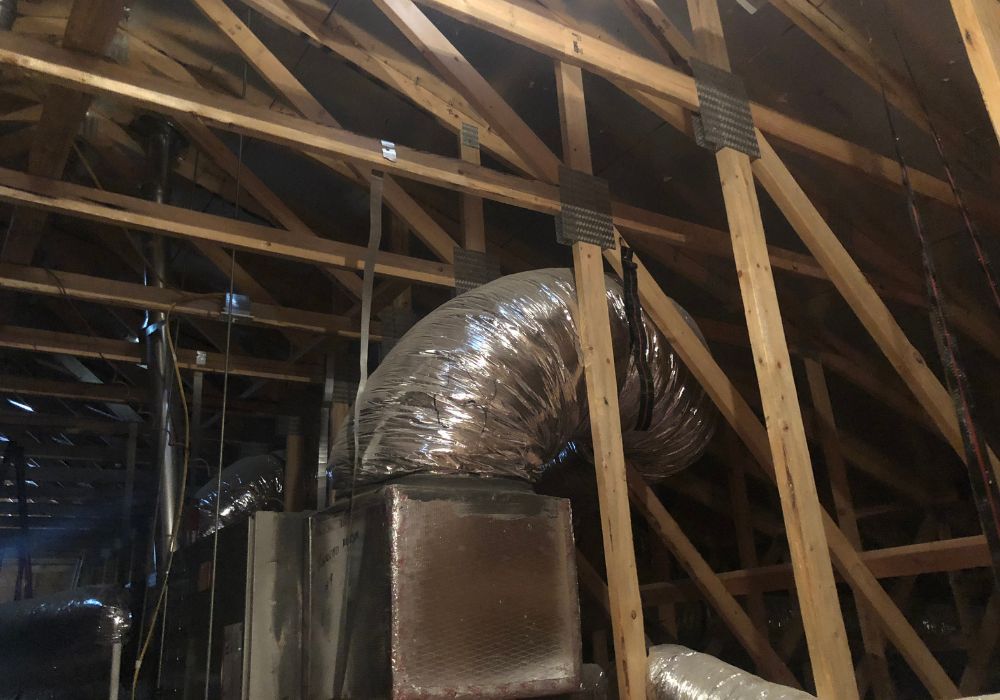

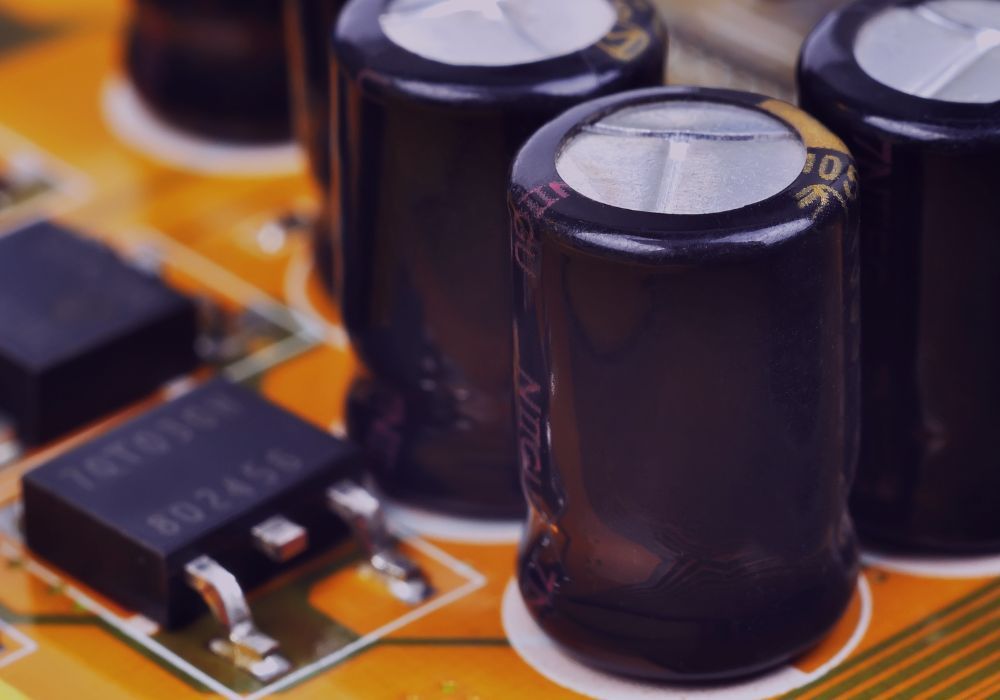
Leave a Reply